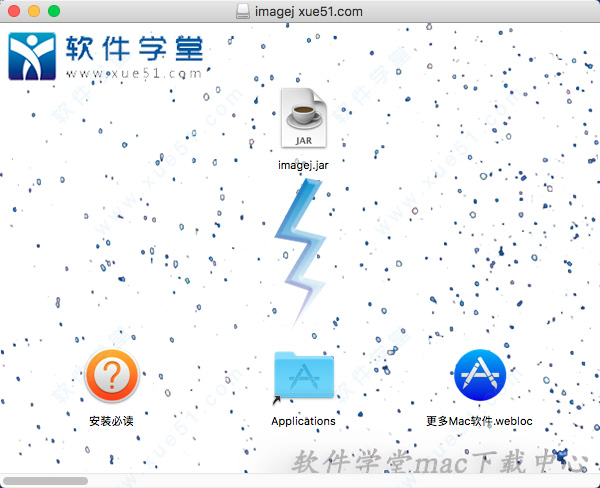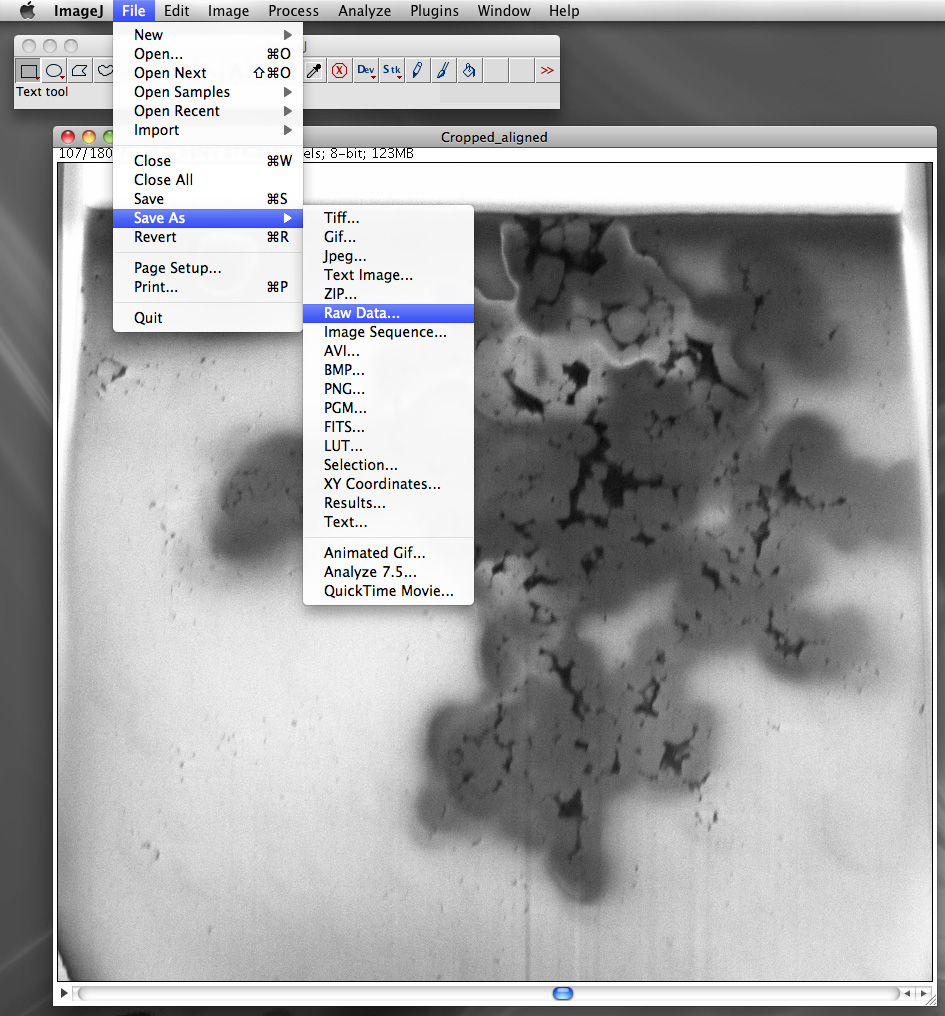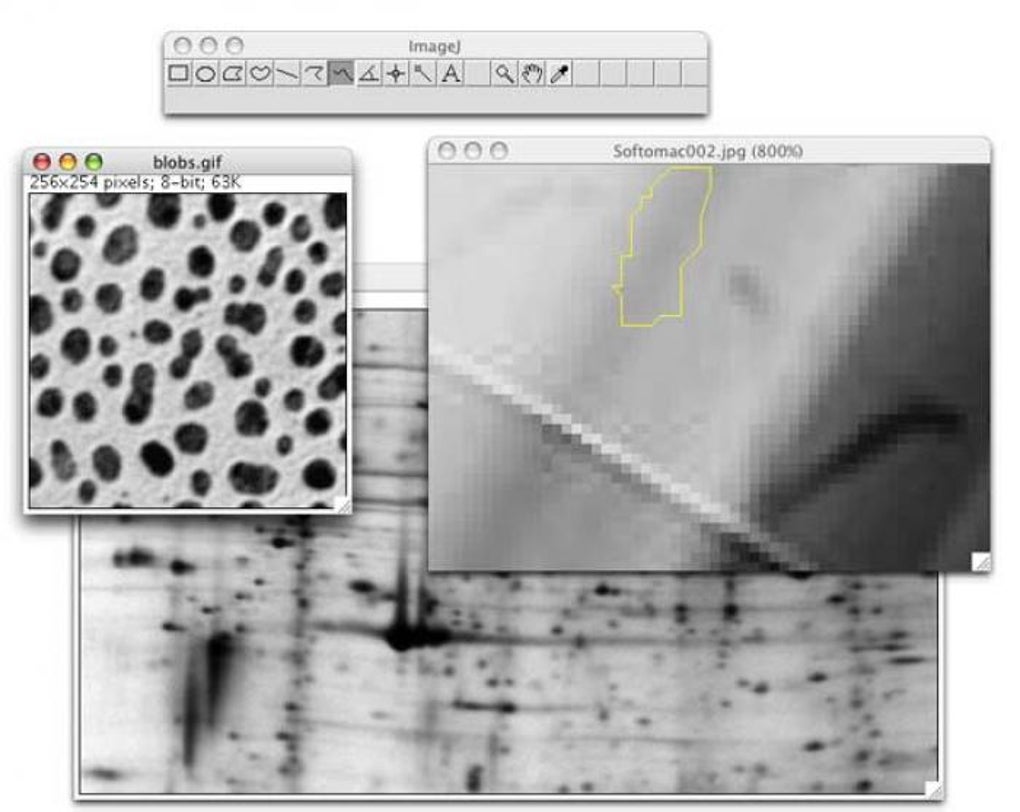

When you’re sure you’ve click in all of the correct peaks without accidentally clicking in any wrong areas, you can go back to Analyze>Gels>Label Peaks and get the correct results. The Results window should clear and begin showing your new values. Go back to the profile plot and begin clicking inside the peaks again, starting with the 1st peak of interest. If you do happen to click in the wrong place, simple go to Analyze>Gel>Label Peaks to plot the current results, which displays the incorrect values, but more importantly resets the counter for the Results window. Obviously this will skew your results if you click in areas that aren’t peaks. Note: If you accidentally click in the wrong place with the Wand, the program still records that clicked area as a peak, and it will factor into the total area used to calculate the percentage values.

In this case, the results are from selecting the upper band in each of the 4 lanes in the example western blot from Figure 1. The output from selecting peaks in the profile plot and labeling the peaks. Repeat Steps 5 + 6 for each subsequent lane on the gel, pressing 2 (Command + 2 on Mac) each time to set the rectangle in place (Figure 3).įigure 10. A 2 will appear in the lane when the rectangle is placed.ħ. Press 2 (Command + 2 on Mac) or go to Analyze>Gels>Select Next Lane to set the rectangle in place over the 2nd lane. Image-J will automatically align the rectangle on the same vertical axis as the 1st rectangle in the next step.Ħ. Center the rectangle over the lane left-to-right, but don’t worry about lining it up perfectly on the same vertical axis. You can also use the arrow keys to move the rectangle, though this is slower. Use your mouse to click and hold in the middle of the rectangle on the 1st lane and drag it over to the next lane. The 1st lane will now be highlighted and have a 1 in the middle of it.ĥ. After drawing the rectangle over your first lane, press the 1 (Command + 1 on Mac) key (Command + 1 on Mac) or go to Analyze>Gels>Select First Lane to set the rectangle in place. The first lane has been selected with the Rectangular Selections toolĤ. Your image should look like Figure 1.įigure 2. The simplest method to convert to grayscale is to go to Image>Type>8-bit. The gel analysis routine requires the image to be a gray-scale image. Open the image file using File>Open in ImageJ.Ģ.
IMAGE J FOR MAC WINDOWS 7
This version of the tutorial was created using ImageJ 1.42q on a Windows 7 64-bit install.ġ. There should be very little difference between the results obtained from the various methods.

You may prefer to use it instead of the methods I outline below. The method outlined here uses the Gel Analysis method outlined in the ImageJ documentation: Gel Analysis. For an explanation of why overexposure will ruin your results, see this page. This also assumes that you didn’t overexposed your blot image when you produced it. See the references at the end of this tutorial for a discussion of the various ways that you can screw this step up.
IMAGE J FOR MAC SOFTWARE
film), and use the scanner software to save 16-bit tiff images. If you are scanning x-ray film on a flatbed scanner, make sure you use a scanner with the ability to scan transparencies (i.e. tif would be the preferred format to retain the maximum amount of information in the original image). This tutorial assumes that you have carried your gel or blot through the visualization step, so that you have a digital image of your gel in. ImageJ ( ) can be used to compare the density (aka intensity) of bands on an agar gel or western blot.
IMAGE J FOR MAC FOR FREE
The Image Studio Lite software can be downloaded for free from In addition to the functionality described below for ImageJ, Image Studio Lite provides additional data management features along with annotation tools for producing publication-ready images of your westerns. If you’re looking for a more comprehensive workflow option for your western blot analyses, please visit my tutorial on using Image Studio Lite, a free software package from LI-COR Biosciences. The following information is an updated version of a method for using ImageJ to analyze western blots from a now-deprecated older page.


 0 kommentar(er)
0 kommentar(er)
